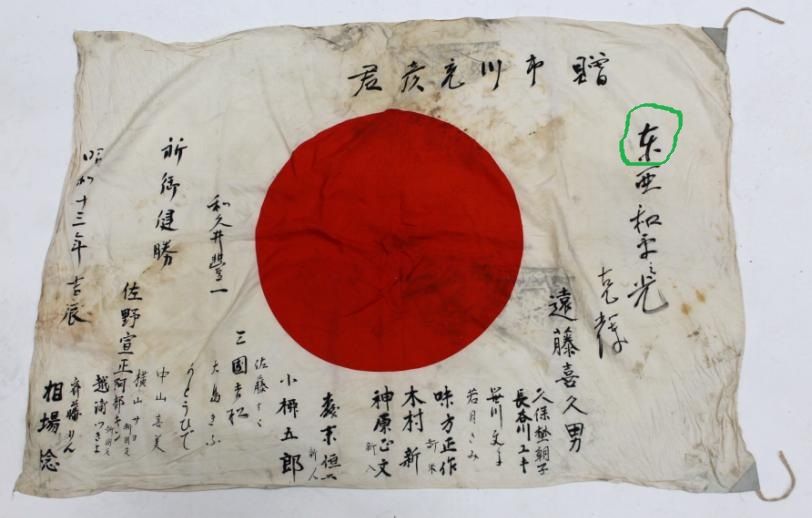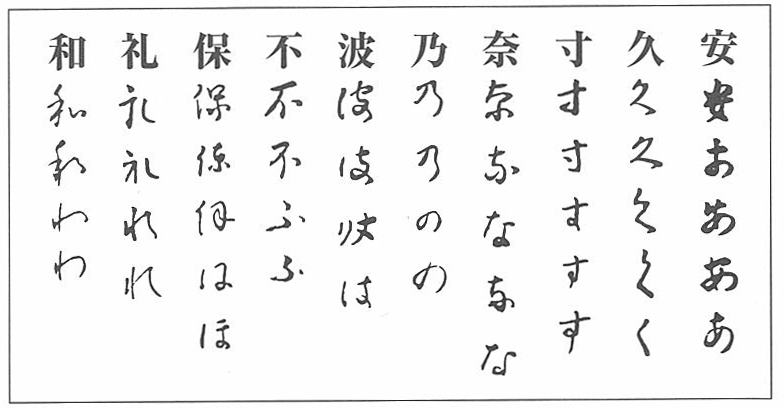Dear collectors,
Here is a fake Yosegaki example from Ebay that I would like to share.
http://www.ebay.com/itm/LOT-2-ORIGIN...21112281623%26
This example seems to be a Chinese fake by just looking at just one word.
It is circled in green.

东 (Dong) - Simplified Chinese character of East.
Compare to 東 (Higashi) - Traditional Chinese character and Kanji.
Some other writings are strange as well but, I don' t know how to explain in detail.
Few bidders had already fell into this trap, so please be careful when dealing
with Yosegaki flags.
Here is a site for Simplified Chinese characters for reference.
https://en.wikipedia.org/wiki/Simpli...ese_characters
Hope it helps.
Best regards,
Taka
Here is a fake Yosegaki example from Ebay that I would like to share.
http://www.ebay.com/itm/LOT-2-ORIGIN...21112281623%26
This example seems to be a Chinese fake by just looking at just one word.
It is circled in green.

东 (Dong) - Simplified Chinese character of East.
Compare to 東 (Higashi) - Traditional Chinese character and Kanji.
Some other writings are strange as well but, I don' t know how to explain in detail.
Few bidders had already fell into this trap, so please be careful when dealing
with Yosegaki flags.
Here is a site for Simplified Chinese characters for reference.
https://en.wikipedia.org/wiki/Simpli...ese_characters
Hope it helps.
Best regards,
Taka



Comment